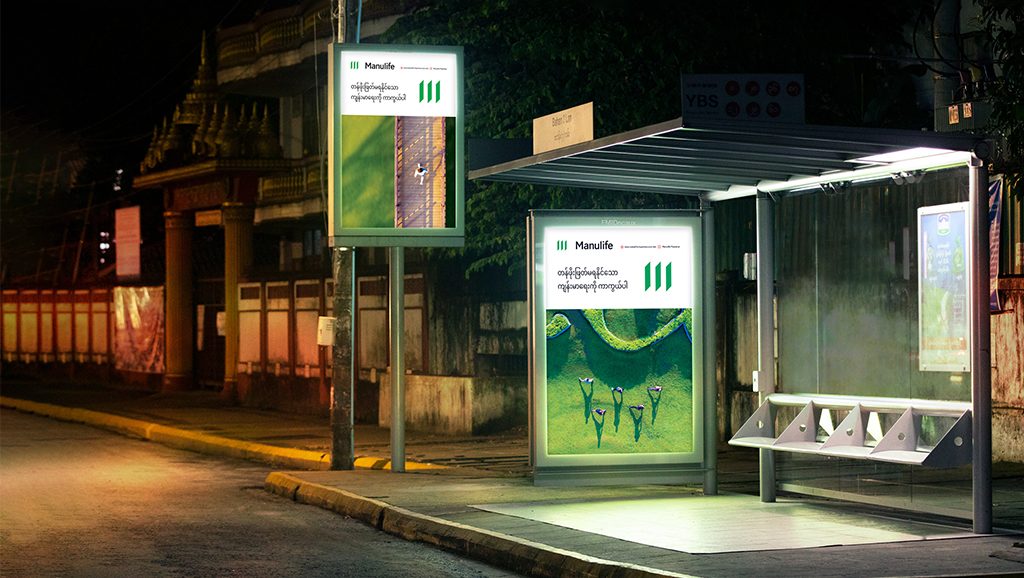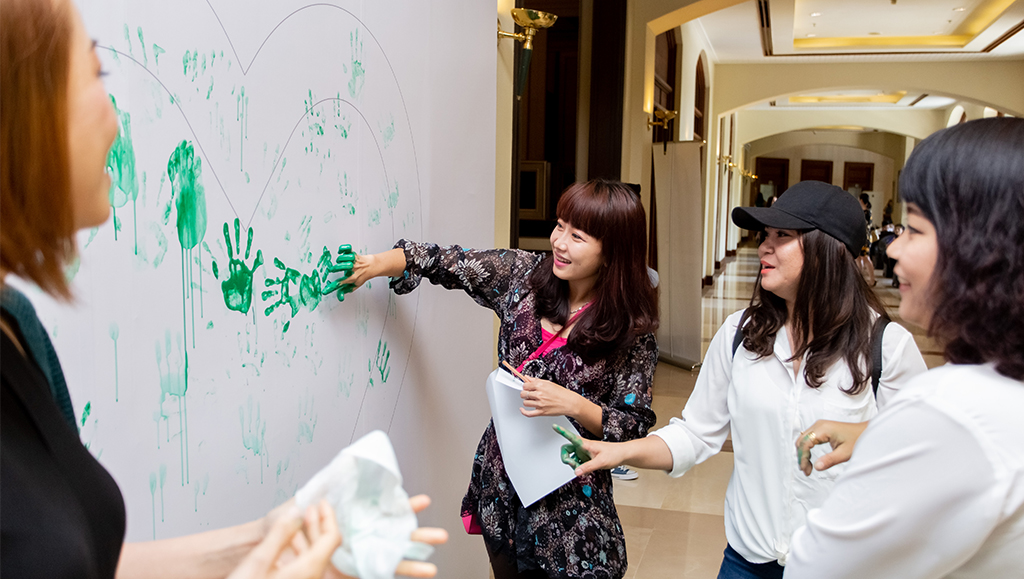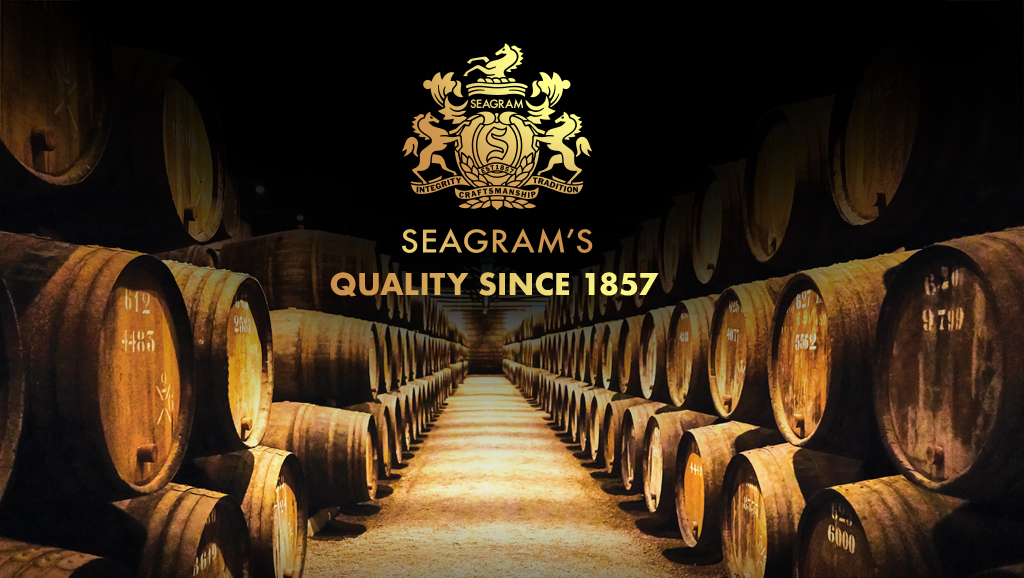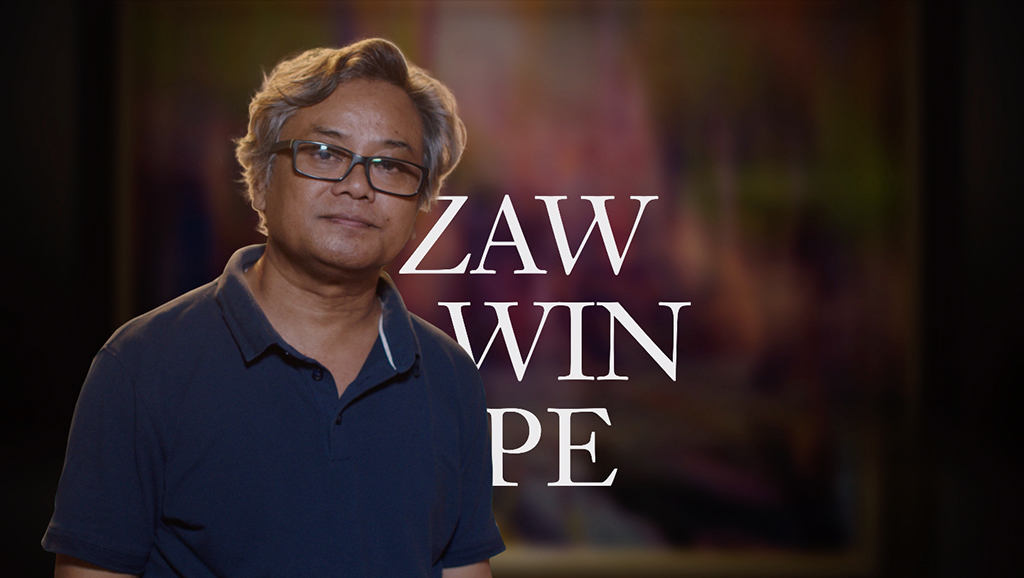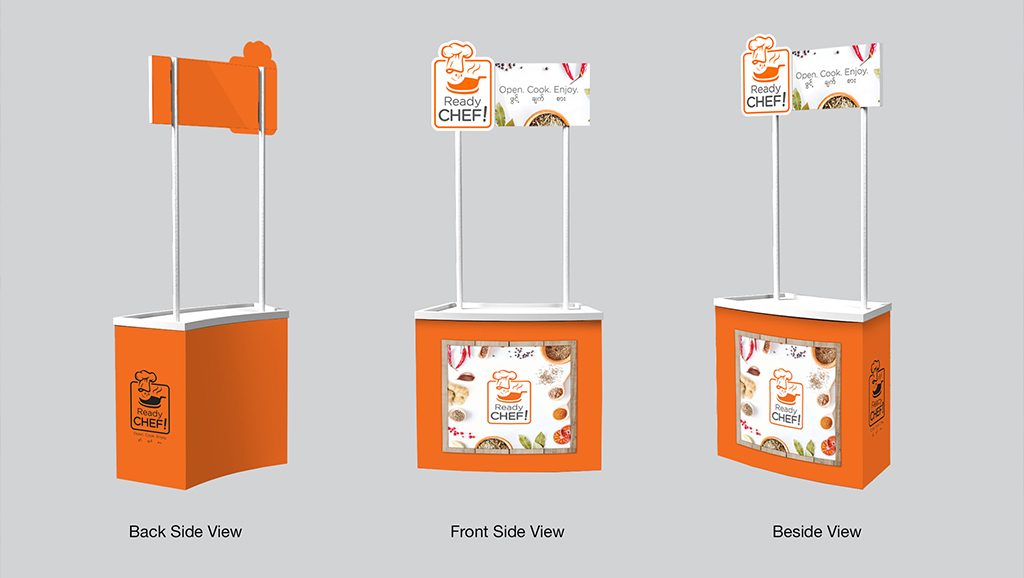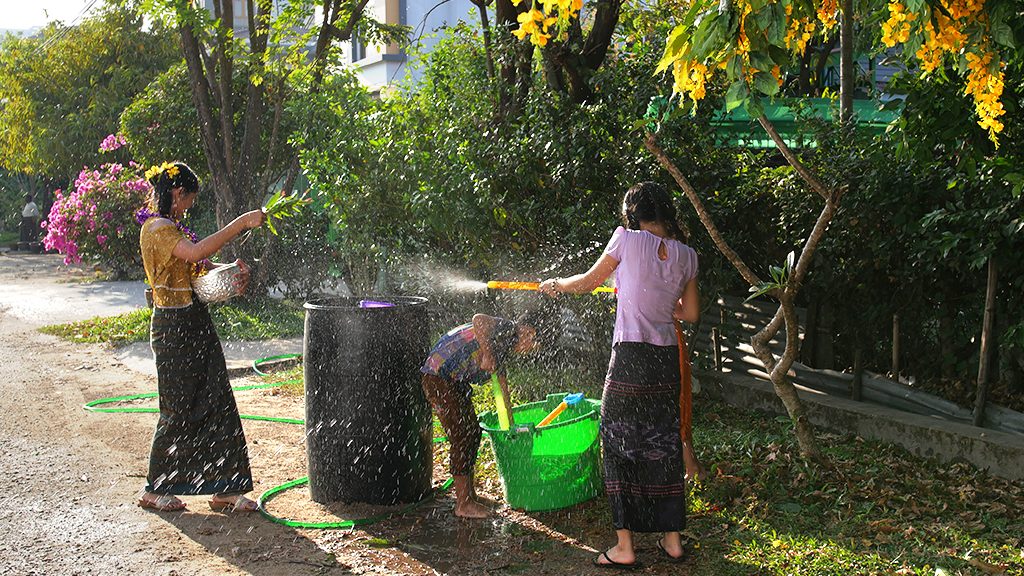
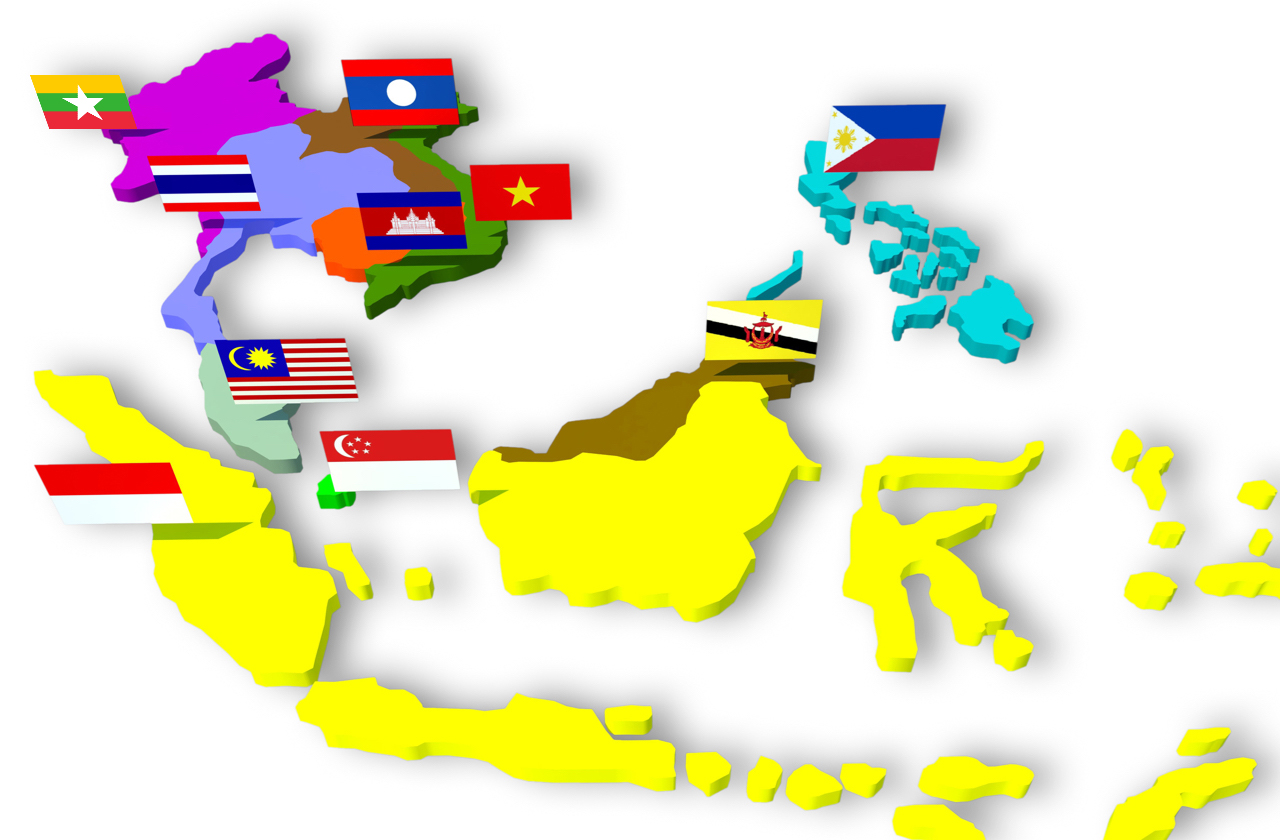
The ten countries that make up the ASEAN region have a combined population of some 620 million people – more than North America or the European Union. With this in mind, it’s no surprise that most analysts see a powerhouse in the making. All in all, ASEAN countries are seen as safe, mostly stable, having an educated population, good for manufacturing, and having an exploding class of consumers eager to buy the things that they will see as improving their lives. It is for all of these reasons, and especially the last, that so many companies are making their move into the region.
Generally, most companies start this move by establishing a base in Singapore. The city-state is listed as the easiest country in the world for doing business. It also has a fairly central location in the sprawl of Southeast Asia. Then, from there they plan their regional marketing strategy based on the assumption that the ten nations have more in common with one another than they have differences. This couldn’t be more wrong.
To outsiders, especially Westerners coming from such a different cultural context, Southeast Asian nations can seem quite similar, but there are huge divides between each country. Thailand, Myanmar, Cambodia, and Laos are Theravada Buddhist Countries. Vietnam practices Mahayana Buddhism. All have minority Muslim, Hindu, and Christian populations. Malaysia, Brunei, and Indonesia are Muslim, though with their own minority groups, including the majority-Hindu island of Bali. The Philippines are Catholic, though with fast growing populations of Protestant Christian denominations, and Muslim areas in the South.
Thailand, Myanmar, Laos, and Vietnam are part of Mainland Asia while the rest of the countries are spread over 1000s of kilometers of islands; Malaysia spans both. Thailand and Laos speak in similar dialects to one another, as do much of Indonesia and Malaysia, but the rest of the region each speaks separate and unrelated idioms. The Philippines alone has 175 languages and dialects!
And each country has its own history. All but Thailand were at one time colonies of European powers -France, England, Netherlands, Spain, and Portugal. And the governing systems run the gamut from Communist to constitutional monarchy, Democratic to Sultanate. Economically the region has one of the world’s wealthiest countries, and one of its poorest, with the rest spanning a wide range in the rankings.

What unites all of these countries is the internet. The region has hundreds of millions of web users who demographically skew young. They are way over the international averages in time spent online, and they are avid users of social media. While the region lacks the centralized government and homogeneity of China, and there are some drawbacks to this, there are advantages as well. Google is the dominant search engine in all ten countries, and the internationally-known social media platforms are widely adopted. There isn’t the steep learning curve of Chinese-only search engines and social media.
ASEAN’s connected and fast-growing group of netizens are a digital marketing dream. The problem is, there is no one-size-fits-all approach to targeting them. While English is widely spoken in Singapore, the Philippines, and Malaysia, the rest of the region must be engaged with in their native tongues. And well-known personalities or celebrities tend to dominate advertising in each country, but the only figures universally recognized in the region – top international athletes, Hollywood stars, Korean pop artists – are out of reach to all but the largest brands.
The only real solution to this is a separate targeted campaign to each country. A company’s social media marketing campaign in Indonesia just can’t be the same one used in Cambodia. Trying to do so would be burning money. There is just no way to understand the nuances of a complex culture, and merely getting a translator is not going to change that. Quite simply, the only way to create effective brand marketing in an ASEAN country is to use local creative talent to craft a strong marketing message.
It is these complications that are why most companies choose a slow, country-by-country roll out. The simple fact is that it takes a great deal of resources to begin a brand marketing push into any Southeast Asian country. Mobile marketing must be tailored to favored local channels; where an SMS campaign may work in one country, a branded account in a chat app may be the right approach in another. Search engine optimization will most likely need to be done using keyword research in the local language. In some countries you may need SEO to cover multiple languages.
It is widely acknowledged that marketing in Asia must be done with “Asian values” in mind. This is generally true, and there are some values that are fairly universal around the ASEAN countries. But when it comes to an integrated marketing strategy, the truth is that the region’s ten countries have more differences than commonalities. Trying to pretend otherwise and shoehorn a branding campaign into the whole region is a strategy doomed to fail.
The region is full of young, connected people, hungry to use their growing purchasing power. Their brand loyalties are not rigid, and they are not so jaded and cynical about being advertised to as many Western consumers are. But the message must be authentic, and must resonate in the context of each consumer’s local culture. Southeast Asia looks to be one of the world’s strongest engines for growth in the coming decades. Brands that connect to the region’s consumers with the right locally-targeted campaigns will be well-positioned to be a part of that growth.






